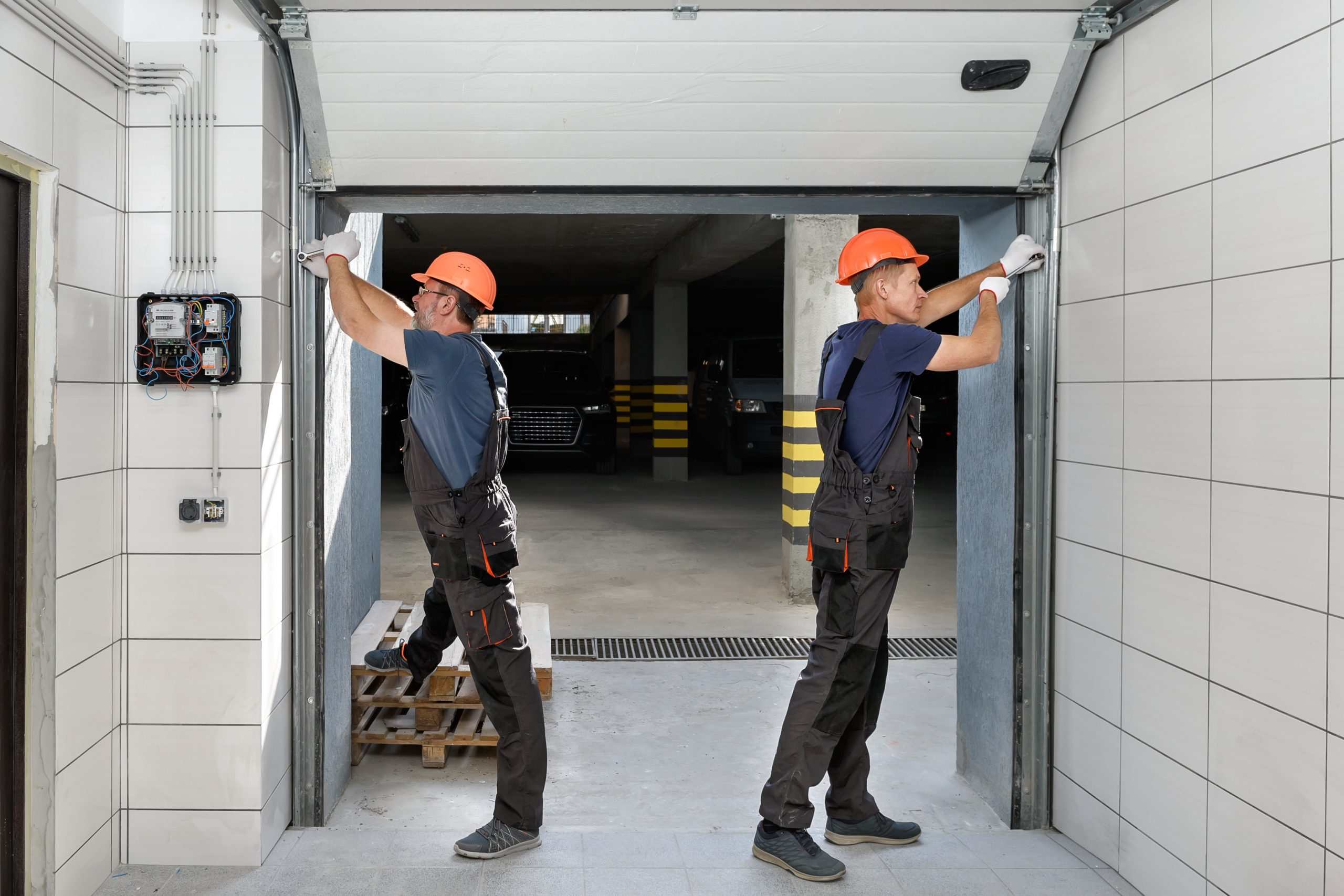Lift Upgrade

19+
Years
Experience

 Faq
Faq
Lift Upgrade Services
Our upgrades include the latest technology, modern design elements, and improved components to boost performance and reduce maintenance costs. Whether you're looking to improve energy efficiency, update safety features, or enhance user experience, our skilled team provides tailored upgrades to meet your specific needs. Upgrade your lift today for better reliability and a more efficient operation.
Upgrading your lift is a cost-effective way to enhance safety, performance, and energy efficiency. By carefully selecting the right components and working with certified professionals, you can ensure that your lift operates smoothly for years to come.
1. What types of upgrades are available for lifts?
Lifts can be upgraded in various ways, including modernizing control systems, motors, door mechanisms, and safety equipment. Upgrades may also include improving the lift interior with new lighting, flooring, and wall finishes, as well as installing energy-efficient features like LED lighting or regenerative drives.
2. How do I determine if my lift needs an upgrade?
If your lift frequently breaks down, operates inefficiently, or lacks modern safety features, it may be time for an upgrade. Other signs include slow travel speeds, outdated control panels, and high energy consumption. If your lift is more than 15-20 years old, an upgrade may be necessary to meet current regulations.
3. What are the advantages of upgrading an old lift?
Upgrading an old lift improves safety, performance, and reliability. It reduces the likelihood of breakdowns and ensures compliance with modern safety standards. An upgrade also enhances passenger comfort by providing a smoother, quieter ride and often improves energy efficiency, reducing operating costs.
4. How much does a lift upgrade cost?
The cost of a lift upgrade depends on the scope of the work. Basic upgrades, such as replacing control systems or motors, may cost between $10,000 to $50,000. More extensive upgrades that include both mechanical and aesthetic improvements can range from $50,000 to $150,000 or more, depending on the size and type of lift.
5. What is the typical timeline for a lift upgrade project?
A lift upgrade can take anywhere from a few days to several weeks, depending on the complexity of the project. For example, upgrading control systems may only take a week, while a full modernization that includes multiple components could take several months. The work is typically scheduled to minimize disruption to building operations.
6. Are there any regulatory requirements for lift upgrades?
Yes, lift upgrades must comply with local and national safety regulations, including those related to accessibility, fire safety, and energy efficiency. It’s essential to work with a certified lift company that understands the regulatory environment to ensure all upgrades meet legal requirements.
7. How can an upgrade enhance the lift’s energy efficiency?
Upgrading to more efficient motors, installing regenerative drives, and replacing old lighting with LED bulbs can significantly reduce a lift’s energy consumption. Modern control systems also optimize lift usage patterns, ensuring that energy is used more effectively, especially during peak operation times.
8. Will the upgrade impact the lift’s daily operation?
Lift upgrades are often planned to minimize disruption. However, during major upgrades, the lift may need to be taken out of service temporarily. In such cases, building management can work with the lift company to schedule upgrades during off-peak hours or when the building is less occupied.
9. What should I consider when selecting components for an upgrade?
When selecting components for a lift upgrade, consider the lift’s age, current condition, and your building's needs. Ensure that the parts chosen are durable, energy-efficient, and compliant with safety standards. You should also consider the passenger capacity and traffic flow in your building to determine the appropriate upgrades.
10. How can I assess the return on investment for a lift upgrade?
To assess ROI, consider the long-term savings from reduced maintenance costs, improved energy efficiency, and fewer breakdowns. Enhanced passenger comfort and compliance with safety regulations can also add value to your building. A certified lift company can help provide detailed cost-benefit analysis based on the specific upgrades being considered.
